Diet and exercise are like two sides of the same coin when it comes to achieving optimal health. A healthy diet will provide good nutrients and energy to the body so that the body's metabolism will be better. On the other hand, regular exercise helps to strengthen our muscles, improve cardiovascular health, and boost our overall fitness levels. When these two components work together harmoniously, they can help us reach our health goals more effectively.
By making conscious choices about what you eat and staying active on a regular basis, you can reap numerous benefits for your physical and mental well-being. Remember, it's not about perfection but rather about making sustainable changes that work for you in the long run.
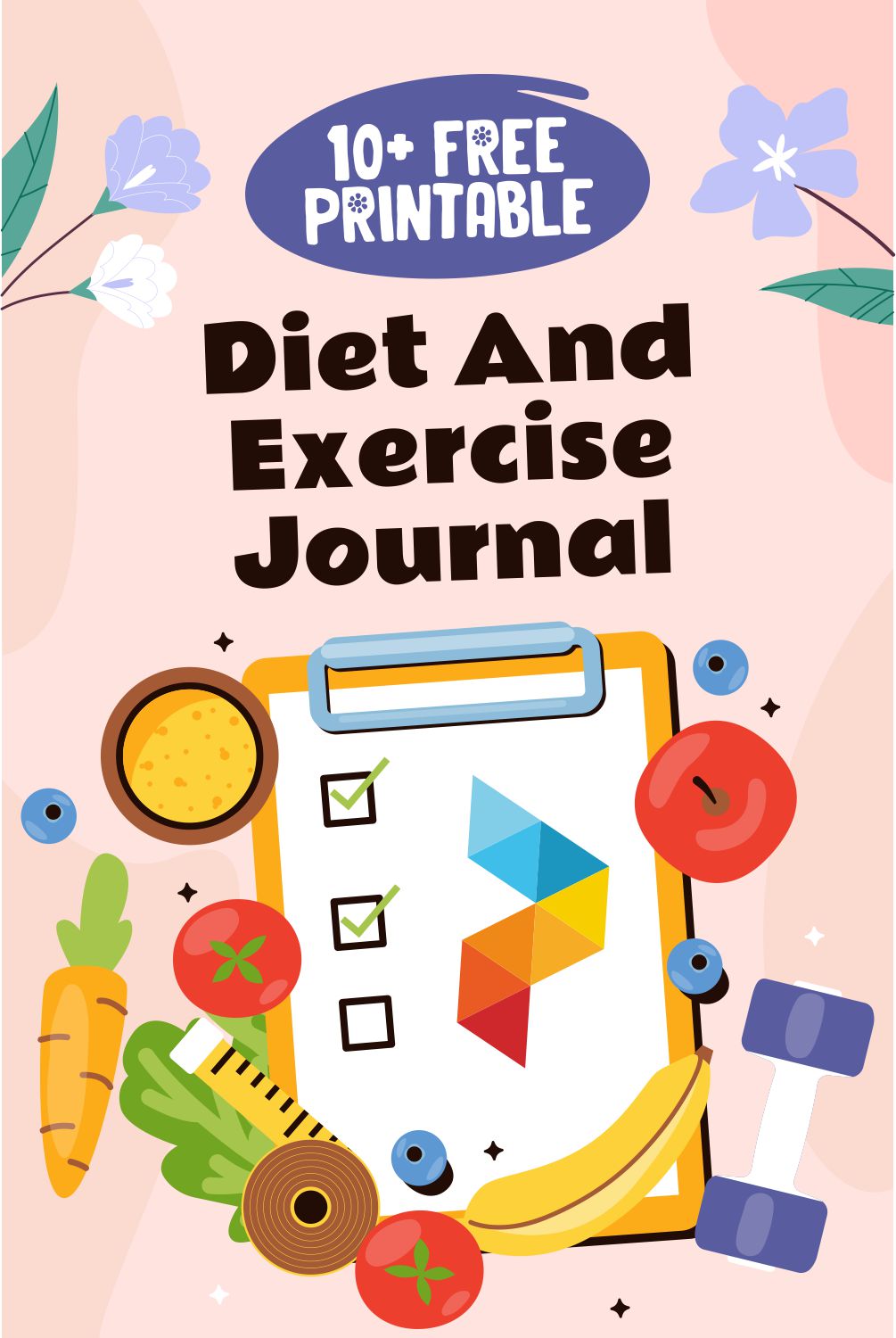
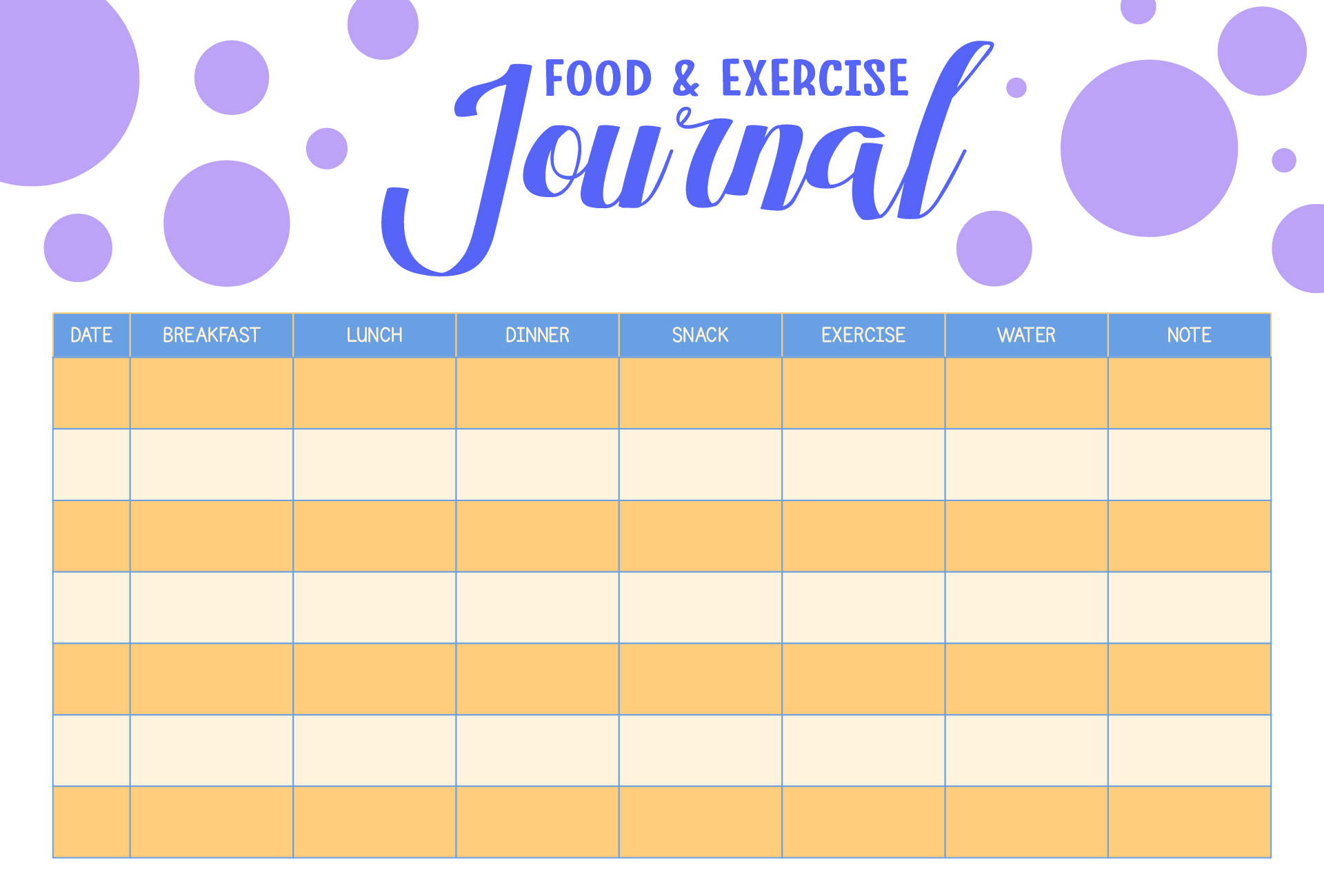
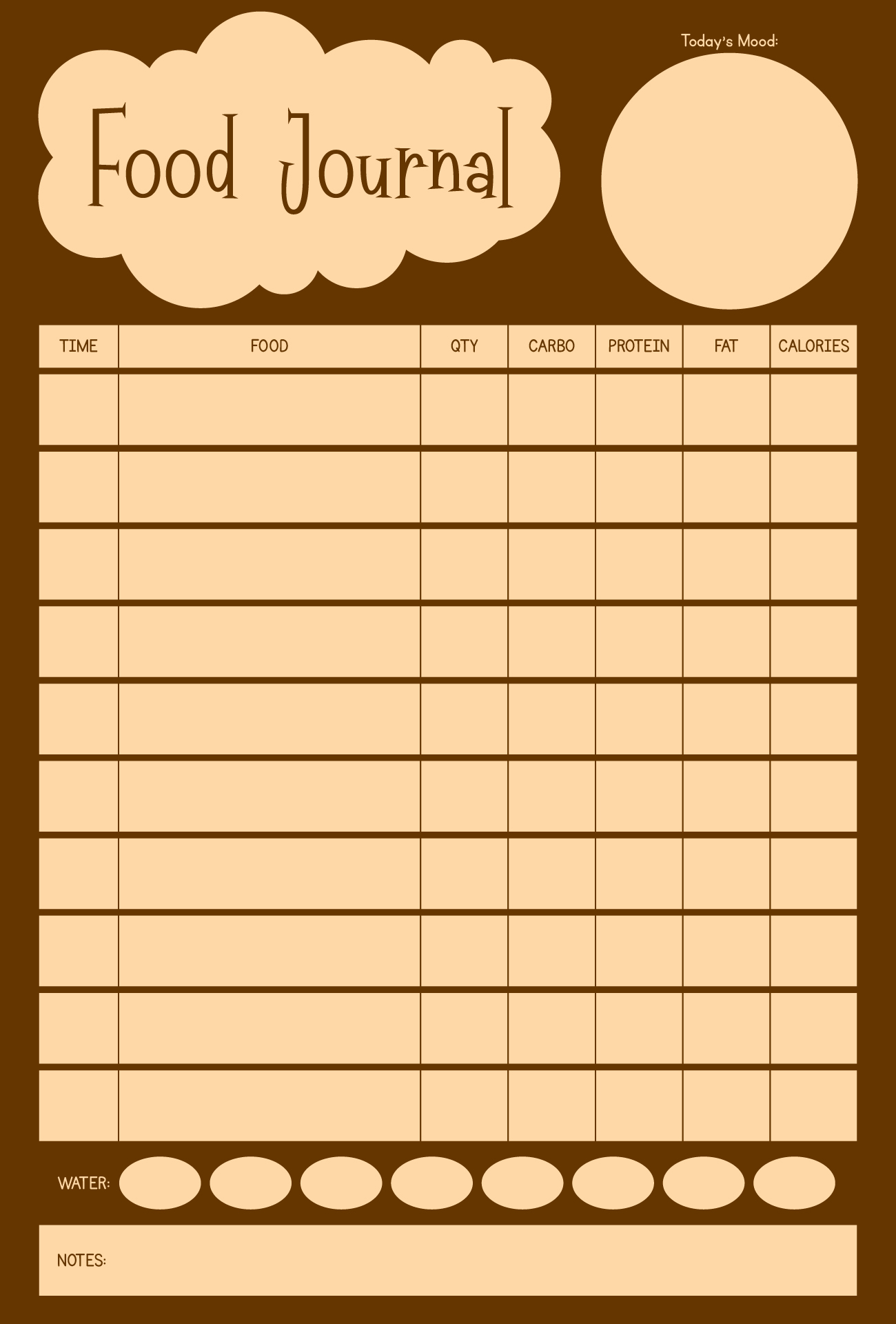
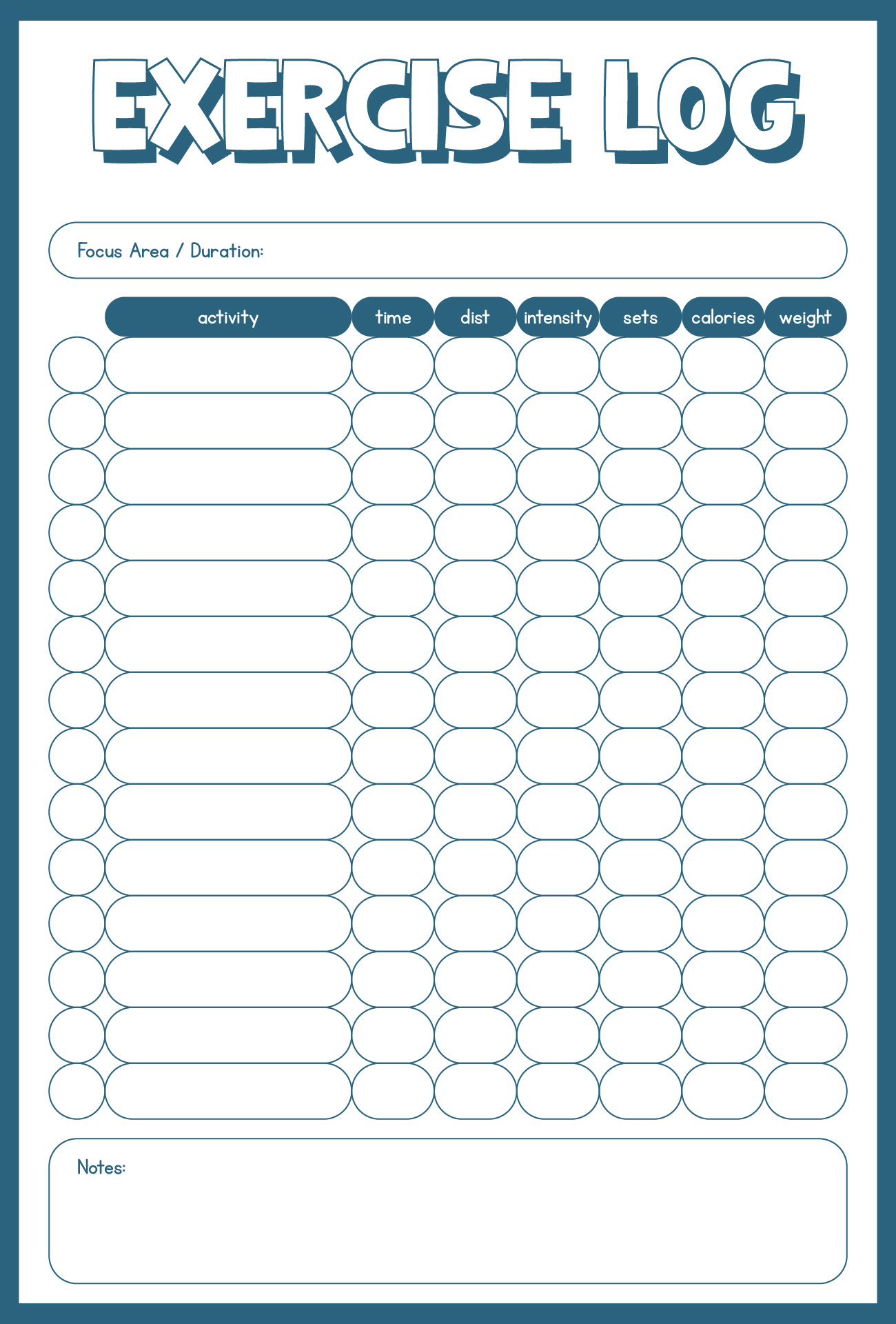
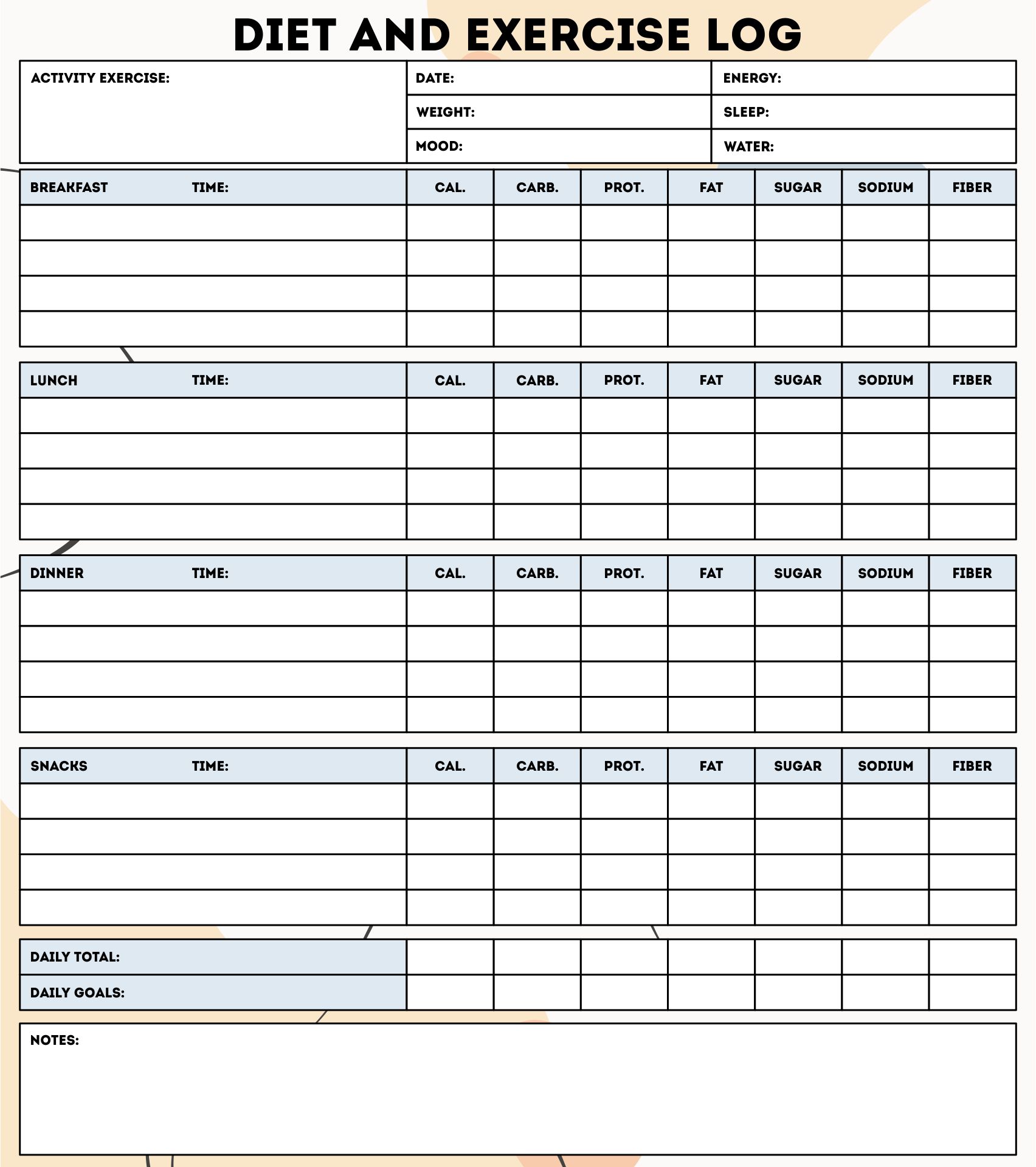
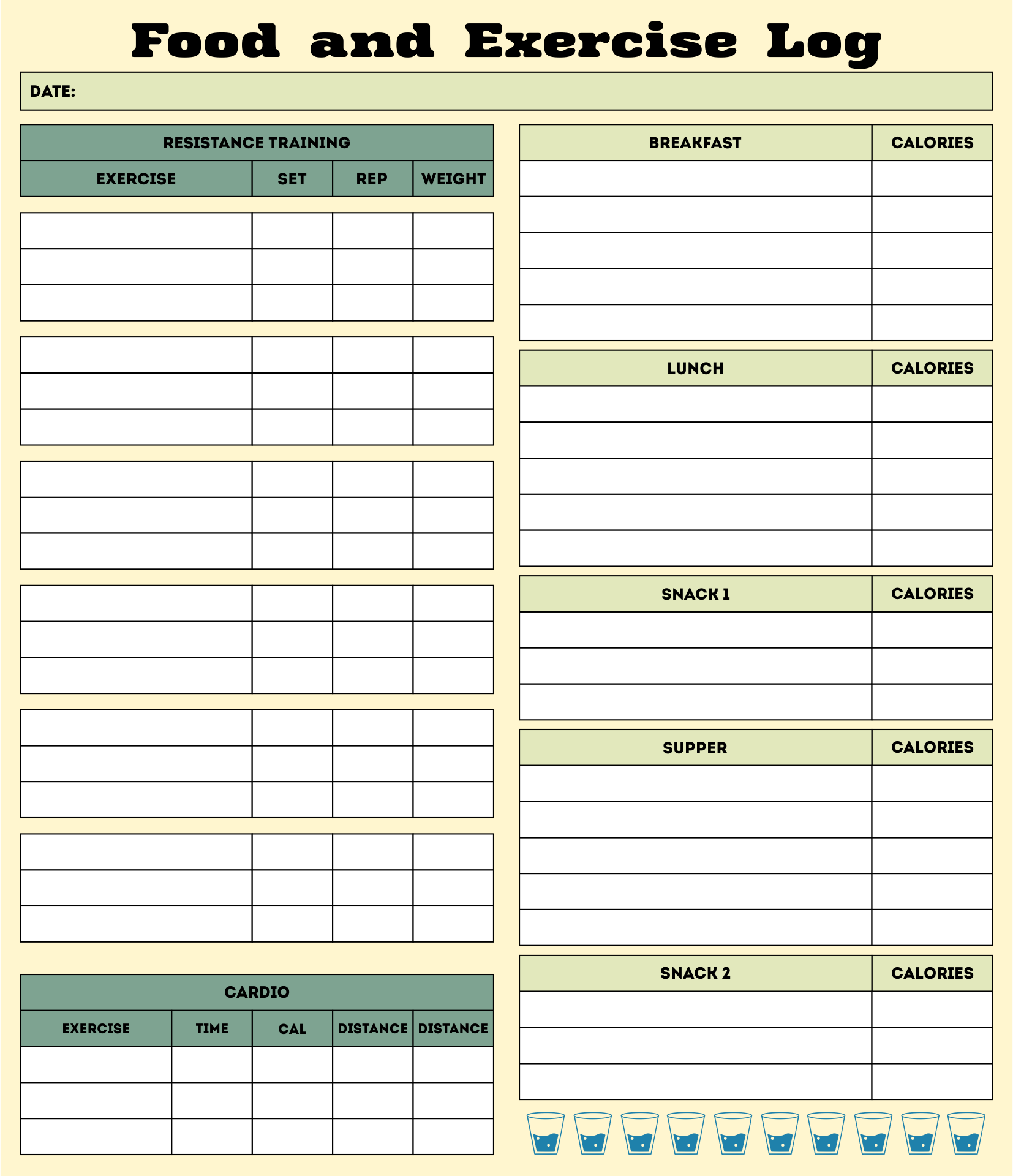
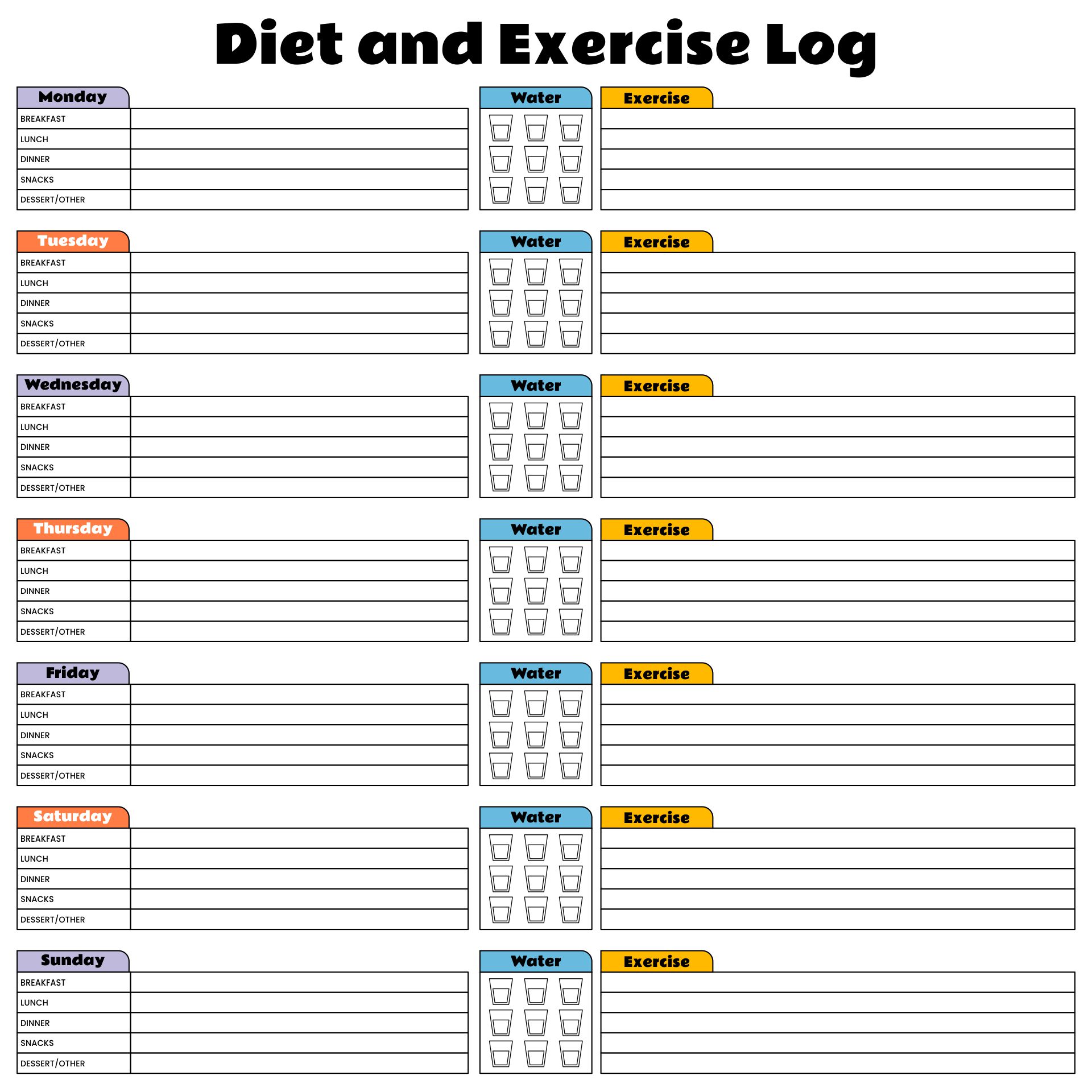
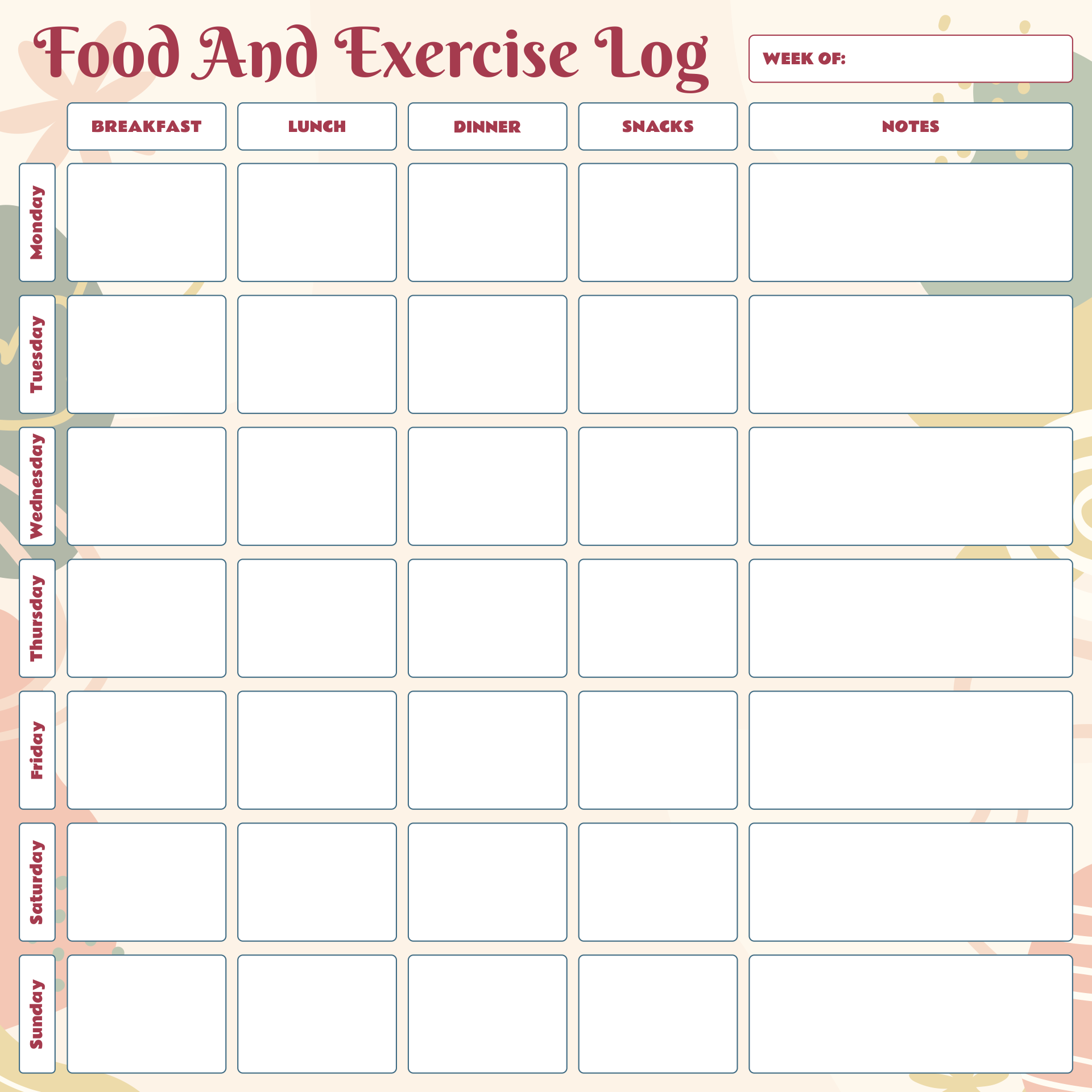






A diet and exercise journal is a written record of everything you eat and all the physical activity you engage in on a daily basis. By keeping a detailed journal, you can gain valuable insights into your behaviors and make informed decisions about your diet and exercise routine.
Here are some tips for keeping a successful diet and exercise journal:
Setting specific, measurable, achievable, relevant, and time-bound (SMART) fitness goals is key to success. By using a diet and exercise journal, you can track your progress and make adjustments as needed. Here are some steps to help you create effective fitness goals using a journal:
To begin tracking daily calories effectively, start by keeping a detailed journal of everything you consume and all physical activities you engage in. Be sure to include portion sizes, ingredients, and cooking methods for food items, as well as the duration and intensity of your workouts. It is essential to be as accurate as possible to get a true reflection of your calorie intake and expenditure.
Example Diet and Exercise Journal Entry:
Calculating Your Daily Calories
Once you have recorded a few days' worth of entries in your diet and exercise journal, you can start calculating your daily calorie intake and expenditure. To determine your daily calorie intake, add up the total number of calories consumed throughout the day. Similarly, calculate your calorie expenditure by adding up the calories burned through exercise and daily activities.
By subtracting your total calorie expenditure from your calorie intake, you can determine whether you are in a calorie deficit, surplus, or maintenance.
Have something to tell us?
Recent Comments